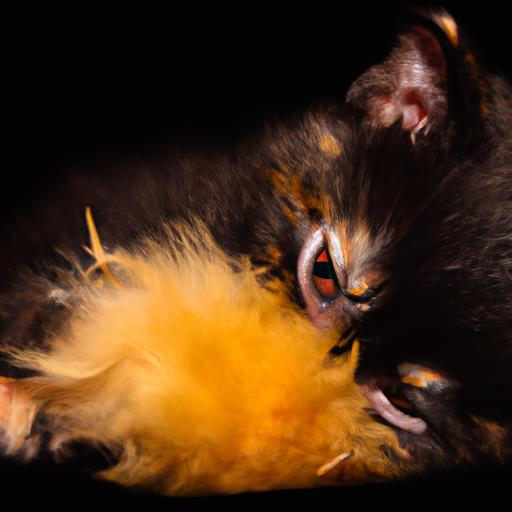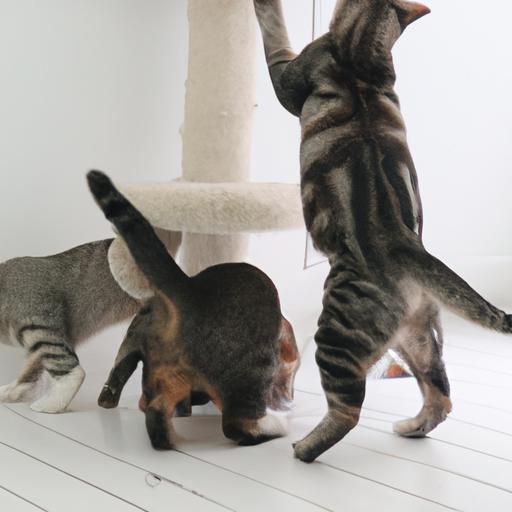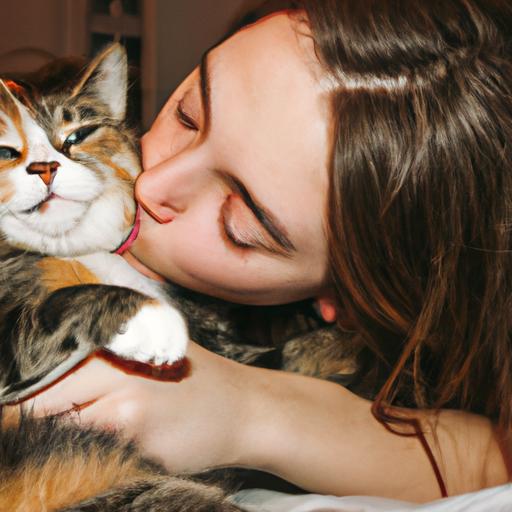
Understanding Cat Play Styles: Unleashing the Feline Fun
Discover the fascinating world of cat play styles! Learn how to understand your feline friend’s preferences for an enriching playtime. Dive in now!
Introduction
As feline enthusiasts, we all know how playful and mischievous our furry companions can be. But have you ever stopped to wonder why cats play the way they do? Understanding cat play styles is essential for providing our beloved feline friends with the enriching playtime they need. In this article, we will dive deep into the fascinating world of cat play styles, unveiling the secrets behind their playful behaviors and how we can cater to their individual needs. So, let’s embark on this adventure together and discover the wonders of understanding cat play styles!

Understanding Cat Play Styles
Before we delve into the different play styles exhibited by cats, let’s first define what play styles actually are. Play styles refer to the unique ways in which cats engage in play and interact with their environment. Just like humans, cats have their preferences when it comes to play, and understanding these preferences can greatly enhance their overall well-being.
Predatory Play Style
One of the most common play styles observed in cats is the predatory play style. This play style is deeply ingrained in their nature as natural-born hunters. You may notice your feline friend pouncing, stalking, and swatting at toys or even imaginary prey. This play style allows cats to practice their hunting skills and satisfy their innate predatory instincts.
Interactive Play Style
Another prominent play style exhibited by cats is the interactive play style. Cats with this play style often seek interaction and engagement with their human companions. They enjoy playing with toys that require human involvement, such as feather wands or laser pointers. This play style not only helps them release energy but also strengthens the bond between cat and owner.
Solitary Play Style
Contrary to the interactive play style, some cats prefer to engage in play on their own terms. These cats have what we call the solitary play style. They are content with independent play, exploring their surroundings, and entertaining themselves with toys and objects. Understanding this play style is crucial to ensure that these independent felines have adequate stimulation and enrichment when left alone.
FAQ (Frequently Asked Questions)
What are the benefits of understanding cat play styles?
Understanding cat play styles offers numerous benefits. Firstly, it allows you to tailor playtime activities to suit your cat’s preferences, maximizing their enjoyment and engagement. It also promotes mental and physical stimulation, helping to prevent boredom and the development of behavioral problems. Additionally, understanding cat play styles facilitates better communication and strengthens the bond between you and your feline companion.
How can I determine my cat’s play style?
Determining your cat’s play style requires observation and experimentation. Pay close attention to how your cat interacts with toys and their environment. Observe their behaviors during playtime and note their preferences. Experiment with different types of toys and play activities to see which ones capture their interest the most. Over time, you will gain a deeper understanding of your cat’s unique play style.
Can a cat have multiple play styles?
Absolutely! Cats are individuals with their own distinct personalities and preferences. It’s not uncommon for a cat to exhibit traits from multiple play styles. For example, a cat may display both predatory and interactive play styles, enjoying both solo play and engaging with their human companions. Embrace and celebrate the diversity of your cat’s play styles, adapting playtime accordingly.
Are certain play styles more common in specific breeds?
While play styles are primarily influenced by an individual cat’s personality, it’s worth noting that certain breeds may have a predisposition towards specific play styles. For instance, active and highly energetic breeds like Bengal cats may lean towards interactive play styles, while more independent breeds like the Maine Coon may exhibit a solitary play style. However, it’s essential to remember that play styles can still vary within breeds, so always consider the unique preferences of your own cat.
Conclusion
Understanding cat play styles is the key to unlocking a world of fun and fulfillment for your feline companion. By recognizing their natural tendencies and preferences, we can better cater to their individual needs, ensuring they lead happy, healthy lives. So, the next time you engage in playtime with your cat, remember to adapt the activities to their unique play style. Embrace their inner hunter, engage in interactive play, or provide them with stimulating solo play opportunities. By doing so, you’ll not only foster a stronger bond but also contribute to their overall well-being. Let the feline fun begin!
Teaching Cats to Walk on a Leash | Understanding Cat Slow Tail Flicking























